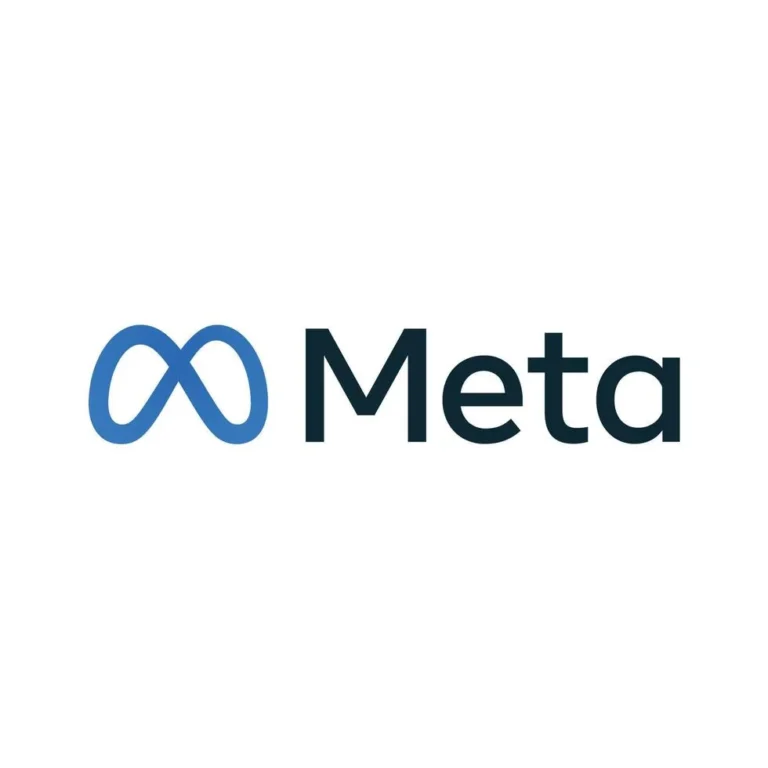Massive Ransomware Attack on Change Healthcare: The Largest Medical Data Breach in U.S. History
In recent months, the healthcare sector has faced a troubling surge of data breaches affecting millions of individuals. Among the most significant of these incidents is the ransomware attack on Change Healthcare, which occurred in February 2024. This breach has now been confirmed as the largest known digital theft of medical records in U.S. history, affecting over 100 million individuals.

Background of the Breach
Initially, Change Healthcare refrained from providing specific numbers on how many people were impacted by the attack. However, it hinted that the breach could potentially affect more than one-third of the U.S. population. The incident gained public attention on February 21, 2024, when the company revealed that its systems had been compromised, leading to widespread disruptions across the healthcare sector. To mitigate the breach, Change Healthcare took its systems offline, resulting in significant delays in claims processing, payments, and data sharing for healthcare providers relying on its services.
UnitedHealth Group (UHG), the parent company of Change Healthcare, later confirmed that the breach exposed the personal information and healthcare data of more than 100 million individuals. CEO Andrew Witty testified before Congress in May, stating that the attack could have affected “maybe a third” of Americans’ health data. This information came to light as UHG began notifying impacted individuals starting in late July, with notifications continuing through October. By October 22, 2024, the U.S. Department of Health and Human Services’ Office for Civil Rights (OCR) updated its data breach portal, confirming that approximately 100 million individual notices had been sent regarding this breach.
What Data Was Compromised?
The scale of this breach is staggering, with approximately 30% of the U.S. population potentially affected. Change Healthcare is one of the largest processors of healthcare data and patient records, managing sensitive information for a vast number of individuals. Following its merger with U.S. healthcare provider Optum in 2022, the company had even broader access to patient records.
The compromised data varies for each individual but includes critical personal information such as names, addresses, dates of birth, phone numbers, email addresses, and government ID numbers, including Social Security numbers, driver’s license numbers, and passport details. Additionally, health information, such as diagnoses, medications, test results, imaging, care and treatment plans, and health insurance information, may have also been accessed. Financial data, including banking details found in claims and payment records, has reportedly been compromised as well.
How the Breach Occurred
The ransomware attack that led to this massive data breach was attributed to ALPHV/BlackCat, a Russian-speaking ransomware and extortion gang that took credit for the cyberattack. According to UHG, the breach was exacerbated by the lack of basic cybersecurity measures, such as multifactor authentication. During a House hearing in April, company representatives admitted that their failure to implement these protective measures contributed to the breach, raising concerns about how a major corporation with billions in revenue could overlook fundamental cybersecurity protocols.
In the aftermath of the attack, UHG reportedly paid a ransom of approximately $22 million to obtain a decryptor and ensure the hackers deleted the stolen data. However, the situation became more complicated when the affiliate behind the attack claimed they still possessed the stolen data, subsequently teaming up with a new group called RansomHub to leak portions of the data and demand a second ransom from UHG.
Protecting Yourself Post-Breach
In light of the Change Healthcare data breach, individuals are urged to take proactive measures to protect their personal information. Here are some essential steps to consider:
- Remove Personal Information from the Internet: Utilize data removal services to help minimize your online presence. These services can actively monitor and remove your personal information from various websites.
- Be Cautious of Mail Communications: Scammers may exploit the breach to send fraudulent mail. Be wary of unexpected communications, especially those claiming urgent action is required.
- Stay Vigilant Against Phishing Attempts: Be cautious with emails or messages asking for personal information. Avoid clicking on suspicious links and ensure you have reliable antivirus protection on all devices.
- Monitor Financial Accounts: Regularly review bank and credit card statements for unauthorized transactions. Report any suspicious activity immediately.
- Recognize Social Security Scams: If there’s an issue with your Social Security record, expect formal communication from the Social Security Administration via mail. Familiarize yourself with common scams to protect your identity.
- Invest in Identity Theft Protection: Identity theft protection services can monitor your personal information and alert you if it’s compromised. These services often include identity theft insurance and assistance in recovering losses.
Key Takeaway
The Change Healthcare ransomware attack highlights the alarming frequency of data breaches in today’s digital landscape. With over 100 million individuals impacted, this incident serves as a stark reminder of the vulnerabilities that exist within major organizations, even those handling sensitive health data. It underscores the critical need for robust cybersecurity measures and ongoing vigilance from both corporations and individuals to safeguard personal information against cybercriminals. As data breaches continue to escalate, it is vital for companies to prioritize security and for consumers to remain proactive in protecting their identities.






